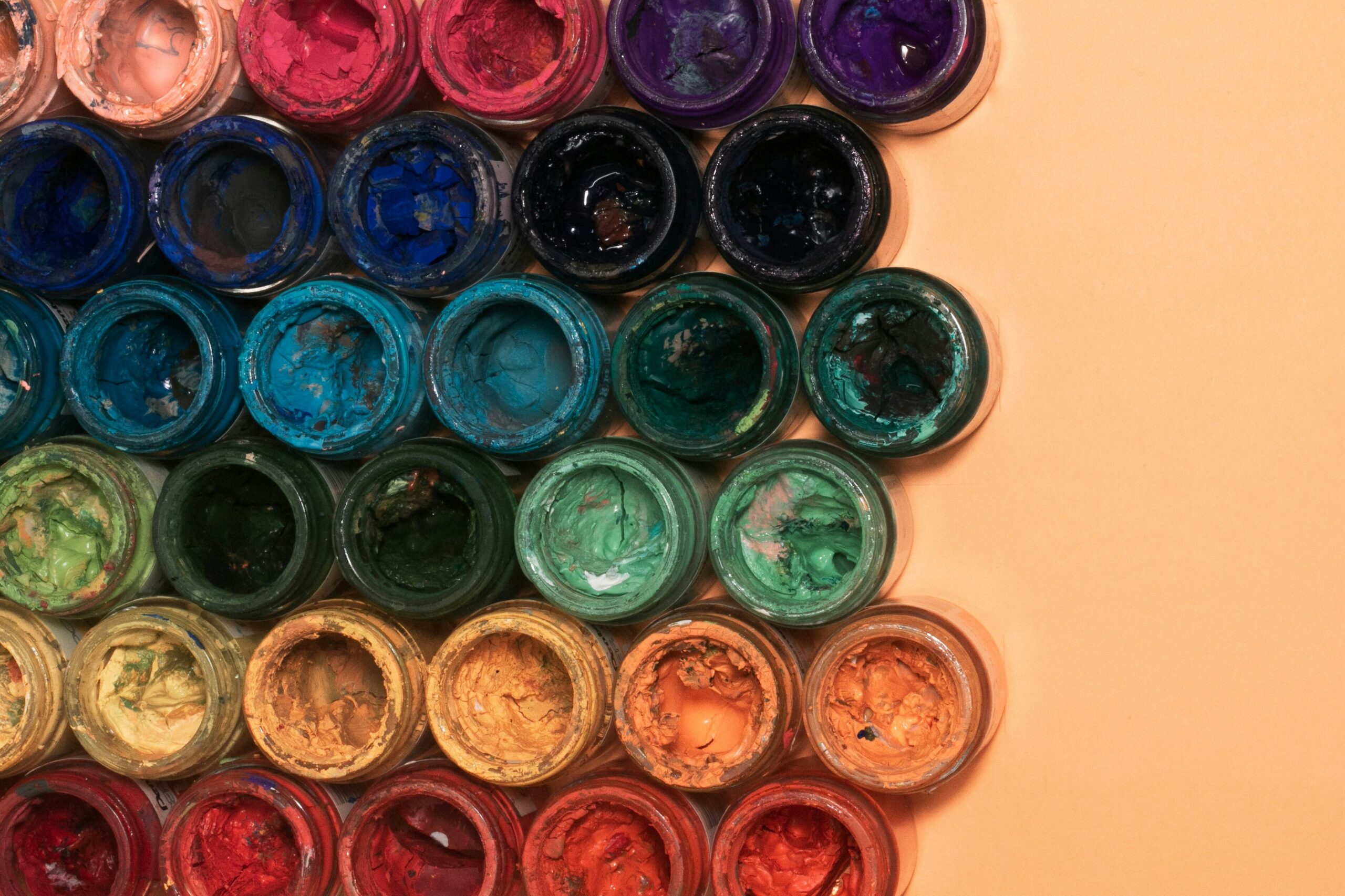Screen printing inks
When you first start screen printing, one of the biggest decisions is choosing the right type of ink. The two main options are water-based and plastisol. Both can create great prints, but they behave very differently.
For beginners, water-based inks are usually the best place to start. They’re simpler to work with at home, easier to clean, and more forgiving if you’re experimenting. Plastisol inks are more common in professional shops, but they come with higher setup demands and extra costs.
Let’s break down the pros and cons of each ink type, and explain why water-based is the recommended choice for your first prints.
Water-Based Inks
Pros
- Easy cleanup – Wash out with soap and water, no chemicals needed.
- Beginner-friendly – Great for small setups at home, even in a bedroom or garage.
- Soft feel – Ink soaks into fabric, leaving a smooth, breathable print.
- Budget-friendly – Lower cost to practice with; a little goes a long way.
- Eco-conscious – No PVC or phthalates; safer for the environment.
Cons
- Can dry in the screen if you leave it sitting too long.
- Prints may look less vibrant on dark fabrics without additives or an underbase.
- More sensitive to humidity and room temperature.

Recommended water-based ink:
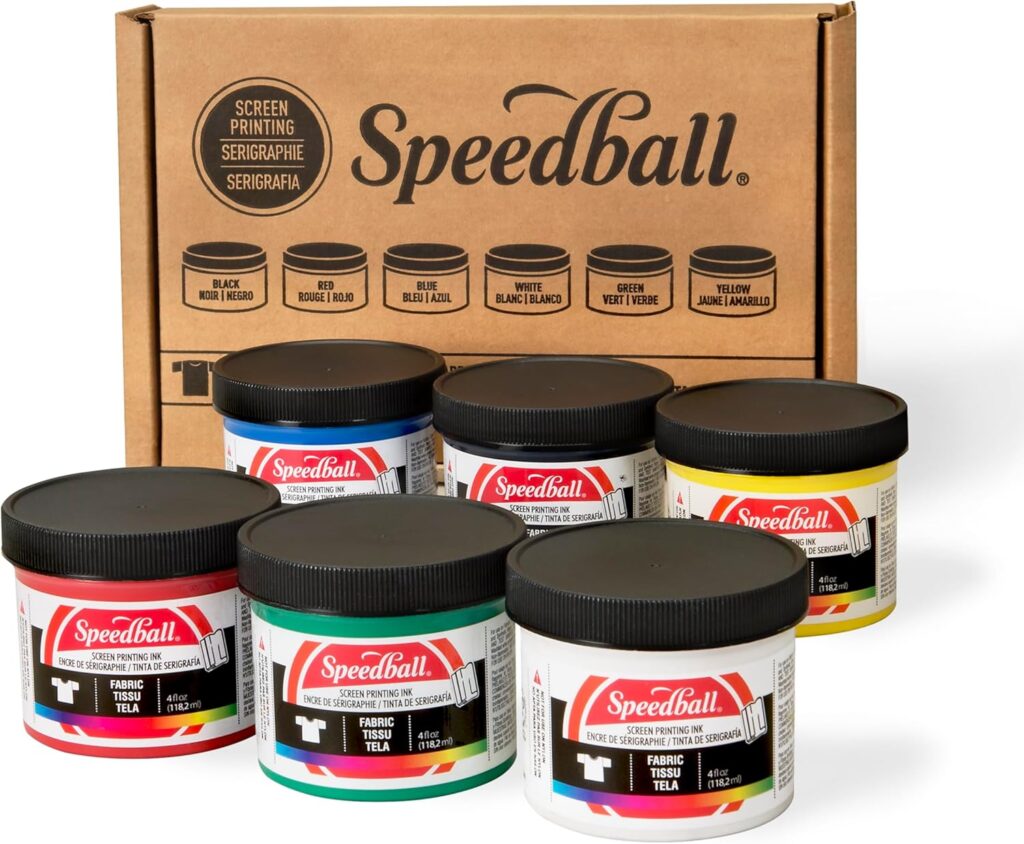
Speedball Fabric Screen Printing Ink
Starter Set, 6-Colors, 4 Fl Oz for T-Shirt and Silkscreen Printmaking
$29.99

Speedball Fabric Screen Printing Ink Set
4oz Fluorescent Colors: Hot Pink, Lime Green, Orange & Blue
$20.99
Plastisol Inks
Pros
- Vibrant, opaque prints – Colors pop, even on dark fabrics.
- Durability – Prints last a long time without fading or cracking when cured correctly.
- Doesn’t dry in the screen – Great for slower printers or long runs.
- Industry standard – Most professional shops use plastisol for its consistency.
Cons
- Cleanup requires chemicals – Not ideal for small or home setups.
- High curing temperature – Needs a flash dryer or heat press to fully set (which you might not want to spend the extra money on).
- Thicker feel – Sits on top of fabric, less breathable than water-based.
- Extra equipment costs – As mentioned above, beginners may not have the curing setup plastisol requires.
Recommended plastiol ink:
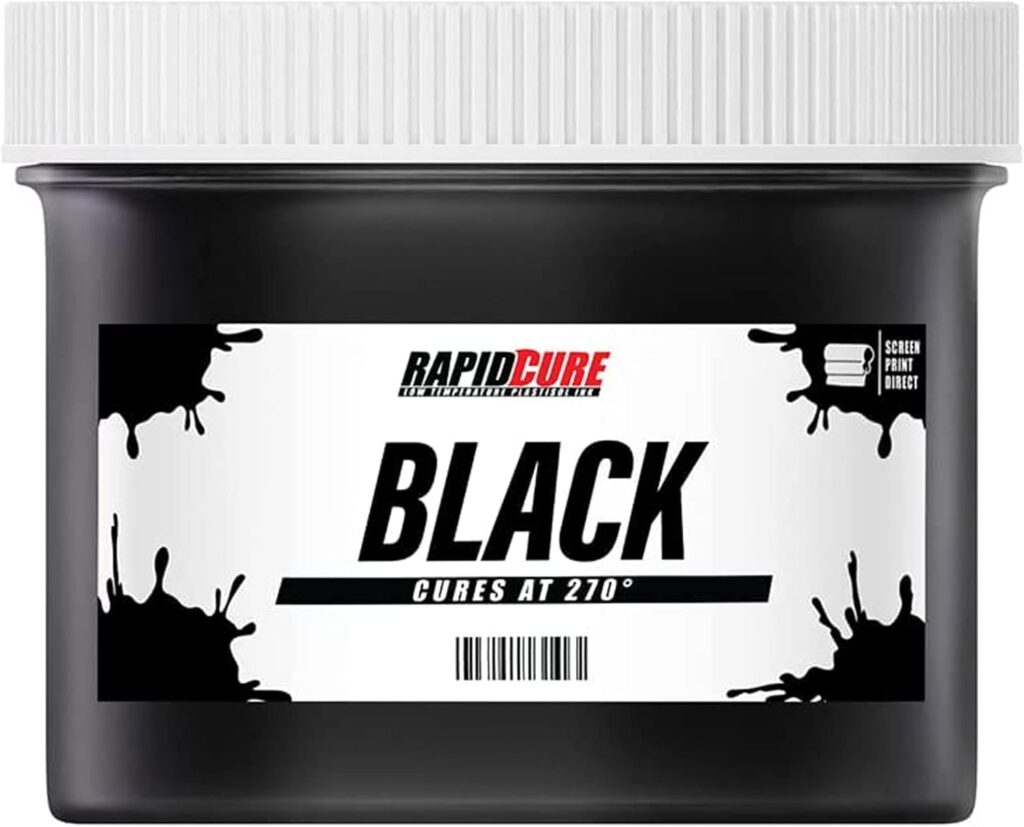
Screen Printing Fabric Ink Black
(8oz.) – Plastisol Ink for Screen Printing, Fast Curing Fabric Paint – Screen Print Direct®, USA Made
$20.49
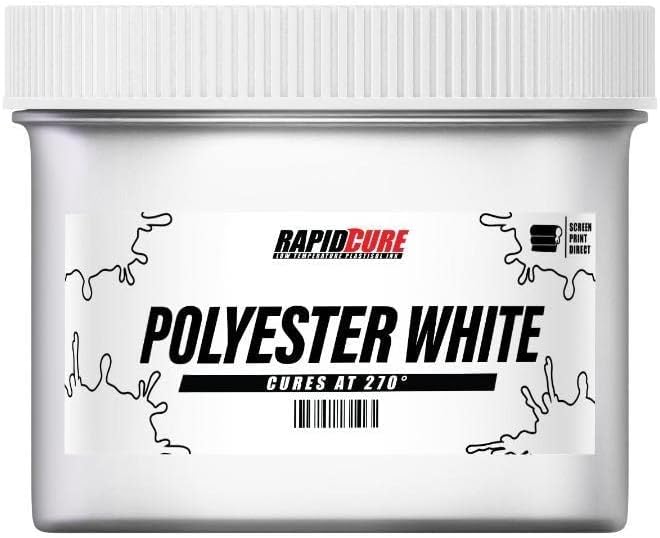
Rapid Cure® Screen Printing Ink
(16oz.) – Plastisol Ink for Screen Printing, Fast Curing Fabric Paint – Screen Print Direct®, USA Made
$41.60
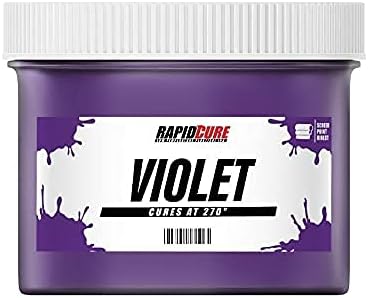
Rapid Cure® Violet Screen Printing Ink
(16oz.) – Plastisol Ink for Screen Printing Fabric – Low Temperature Curing Plastisol Puff Ink by Screen Print Direct – Fast Cure Ink for Silk
$27.87
Which Ink Should Beginners Choose?
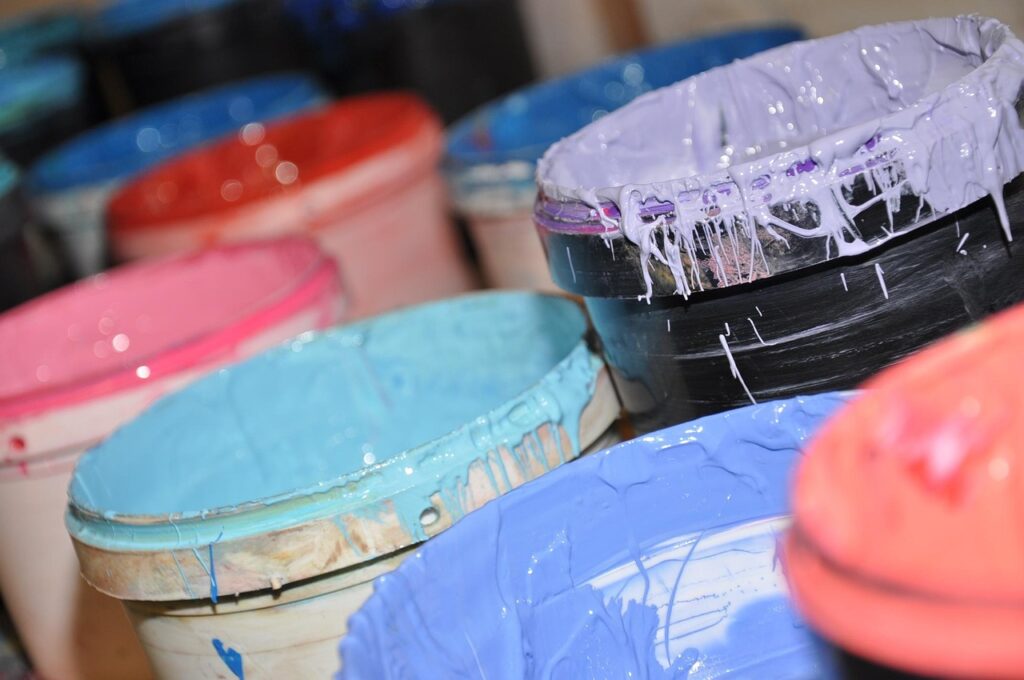
Both inks have their place in screen printing. Plastisol is unbeatable for bold, durable prints and large production runs, but it demands more equipment and technical control. Water-based, on the other hand, is cheaper, easier to clean, and more forgiving for practice.
That’s why beginners should almost always start with water-based inks. They let you focus on learning technique, pulling the squeegee evenly, controlling pressure, and curing prints, without worrying about chemical cleanup or investing in costly equipment right away.
Once you’ve built confidence and are ready to expand, you can add plastisol to your toolkit for professional-quality prints on dark garments.
Final Thoughts
If you’re just starting out, go with water-based inks. They’re simple, affordable, and beginner-friendly, making it easier to focus on learning the craft. Plastisol can come later, once you’ve mastered the basics and have the right setup to handle it properly.
Your first screen prints don’t need to be perfect, they just need to get you started. With water-based inks, you’ll spend more time printing and less time worrying about chemicals or equipment, which is exactly what a beginner needs.
Do you have the ink but you’re unsure of how to exactly use it with the screen? Check out our blog about how to print

